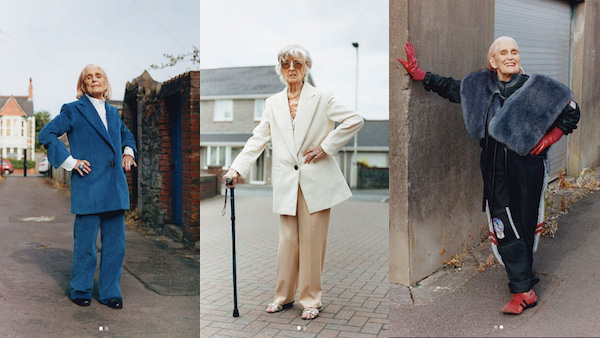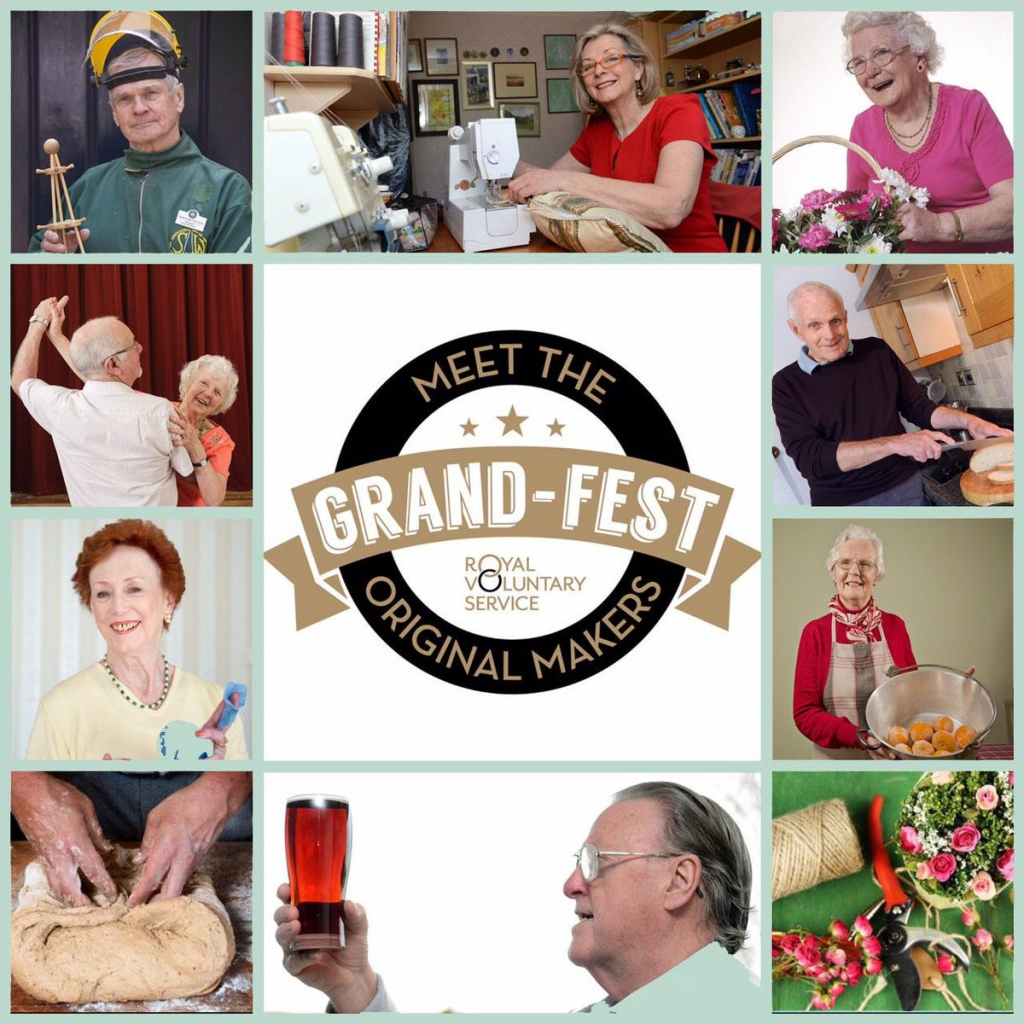Future Trends: The Over 60's Home
06 Aug 2019

Welcome to the latest article of our Future Trends series dedicated to The Home.
After exploring what’s on the customer’s docket about their new way of living The Home, we focused on The Homeworker, which conciliates his/her personal and working life among the house walls.
It’s time now to turn the attention to another tribe who is reinventing the house, and the area where they live, as a space to nourish their passions and hobbies while creating a new sense of community and belonging.
Insights
Thanks to the great discoveries of the last 50 years in fields like medicine, science and technology, there’s been an improvement of people’s quality of life. The Office for National Statistics (ONS) has determined that men (born in the UK in 2017) can expect to live up to almost 91 years, and women up to 92.
Longer life expectancy doesn’t only change what we do, it also changes how we feel.
Data reveals a trend for what could be called ‘age-blind inclusivity’: 72% of British consumers confirmed they dislike being defined by their age.
If we’re living longer, it also means that we’re retiring later on in life. Retirement ages are rising across all industries, and working has become more increasingly common in later life: 41% of the British population said they expect to continue to work beyond the official retirement age.
Figures released by ONS also show that, now, there are about 10 million Brits over 50 in employment – in particular, 71.5% of those are between 50 and 64 years old.
Consequentially, when reaching 90 is almost a certainty, people’s life plan and related expectations after their 60th birthday, get challenged and need to be re-thought.
This is where The Home plays a vital role: it becomes the hub of most of the action, from events with family and friends, to work and activities, 44% of Brits say that the area where they live becomes fundamental in defining their identity.
As consumers develop a sense of belonging, and feel more connected with their own heritage, they look for local brands in order to support their own community. Helping older consumers to build their local communities is an opportunity that brands shouldn’t miss.
Opportunities
In terms of demographic cohorts, we are talking about the so-called Baby Boomers, who love to describe themselves as independent (67%), organisation lover (54%), easy going (50%) and willing to discover new things and experiences (48%).
Furthermore, data suggests that Baby Boomers are keen to learn (62%).
They feel their hobbies and passions have a strong impact on their identity and this feeling increases the more the person ages: from 40% of those between 55 and 64 years old to 47% for those over 75.
In order to fulfil their desire of constant learning, Baby Boomers enjoy their home life and embrace their creative needs with hobbies based around the house.
They are keen gardeners and cooks, with two-thirds gardening and 3 in 5 cooking for enjoyment.
Finally, with a higher proportion of people over 60 living rurally, many may seek to be more self-sustainable, for example growing their own vegetables.
Case study: Helmut Lang

Women of Wales
In 2018 luxury fashion brand Helmut Lang, was praised for the launch of its “Women of Wales” campaign, and collection, where the fashion house used women of older ages and various ethnicities . The models, from Merthyr Tydfil in South Wales, spoke about their homeland and posed for a series of short clips shared by the brand on social media.
The campaign was positively received by fans, and many said it had made them proud to be Welsh. By using models from a very local area, Helmut Lang really gave the impression to customers that they’re a brand keen on investing in local communities.
Case study: The Royal Voluntary Service

Celebrate Traditional Skills
The Grandfest, organised by The Royal Voluntary Service, a festival that took place in London in June 2019, saw “GrandMakers” run a series of masterclasses on traditional crafting skills. Created for the older generation, they had the chance to learn and teach many of the ‘arts’ that are well known to older people, particularly those who lived through the war.
Every region is a master of a different skill: the East of England is where to find most of the best vegetable grower, while cooks and knitters are most prolific in the South West, homebrewers in Wales, bakers in Yorkshire and Humberside, crochet experts and ballroom dancers in London, preserve-making in South East and toy makers in North East. This initiative could be a great opportunity to unplug from modern life while connecting older and younger generations.
To find out more about our Customer Engagment Campaign visit our dedicated page.




Please login to comment.
Comments